Looking for how to set up a successful PPC campaign that attracts targeted visitors and boosts your sales revenue?
The good news is that it is feasible with the proper approach and planning.
And, to build on this approach and planning, there can be nothing better than an effective PPC setup marketing strategy.
It’s one of the most successful strategies to bring new clients to your website and build your business.
But, to create such a comprehensive strategy, where do you begin?
To create a successful PPC campaign setup, you must first establish your company objectives, determine your target demographic, and investigate your competitors.
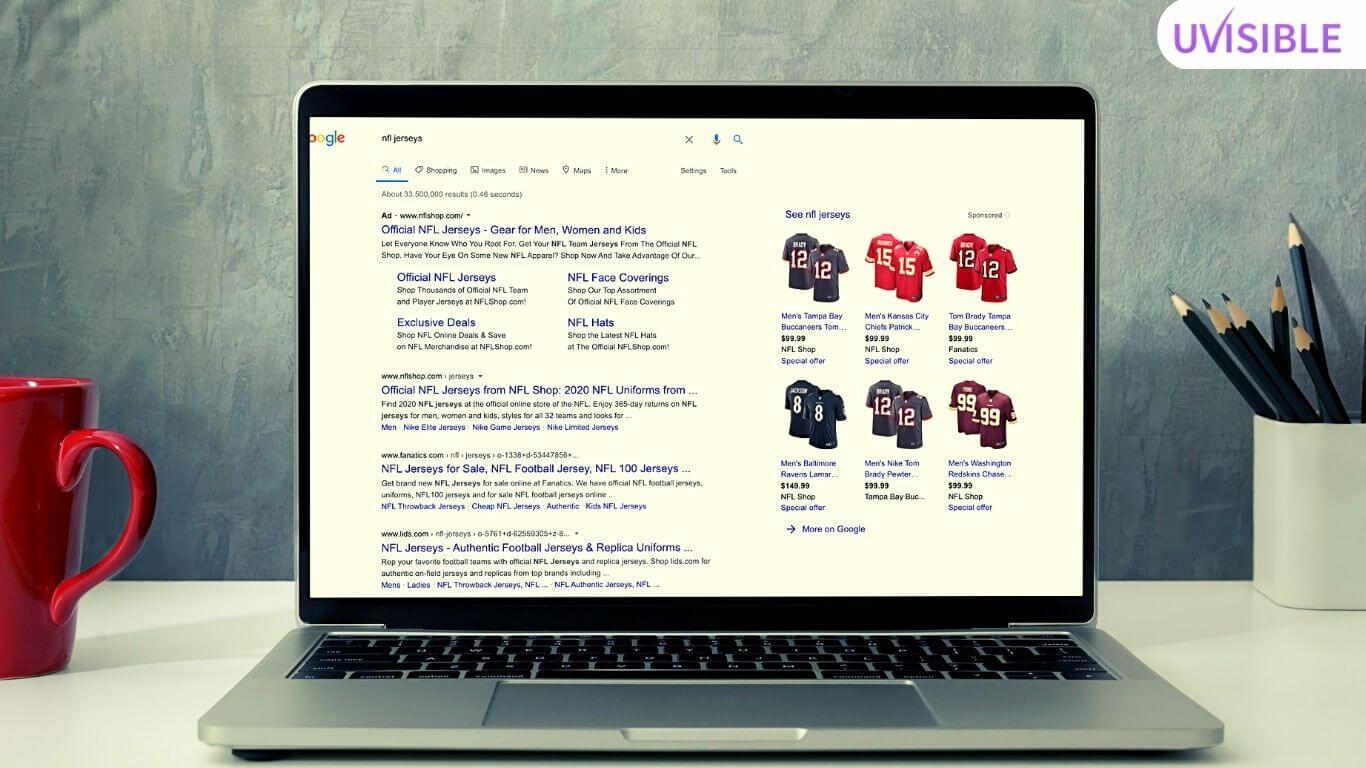
After you understand these criteria, you can begin developing ad text that appeals to your audience’s wants and interests, as well as selecting appropriate keywords that will draw them to your website.
But that’s not all; continual optimization is the key to a successful PPC campaign setup strategy.
This entails regularly analyzing your outcomes and adjusting your campaigns depending on what works and what doesn’t.
You may boost your ROI and obtain even greater outcomes over time by revising your plan regularly.
Thus, whether you’re new to PPC marketing or want to improve your current campaigns, keep in mind that success is built on a strategic approach, careful planning, and constant improvement.
With these steps in mind, you can develop an effective PPC campaign setup strategy that generates genuine results for your company.
Before we dive deep into how to set up a successful PPC campaign it’s important for you to also check out PPC TERMS!
Want to boost Your ROI? Try These Steps for an Effective PPC Campaign Setup Strategy
Creating a systematic approach and ensuring careful preparation is essential to maximize your return on investment (ROI) and extract the most value from your PPC ads.
You can build customized advertisements that resonate with your desired demographic and increase conversions by adopting the correct strategies and best practices.
Now, let’s delve into how to set up a successful PPC campaign guide, it will walk you through the main steps for developing a successful PPC campaign strategy, such as doing keyword research, writing attractive ad text, and optimizing your campaigns for optimum ROI.
Step 1: Understanding the Campaign Goals
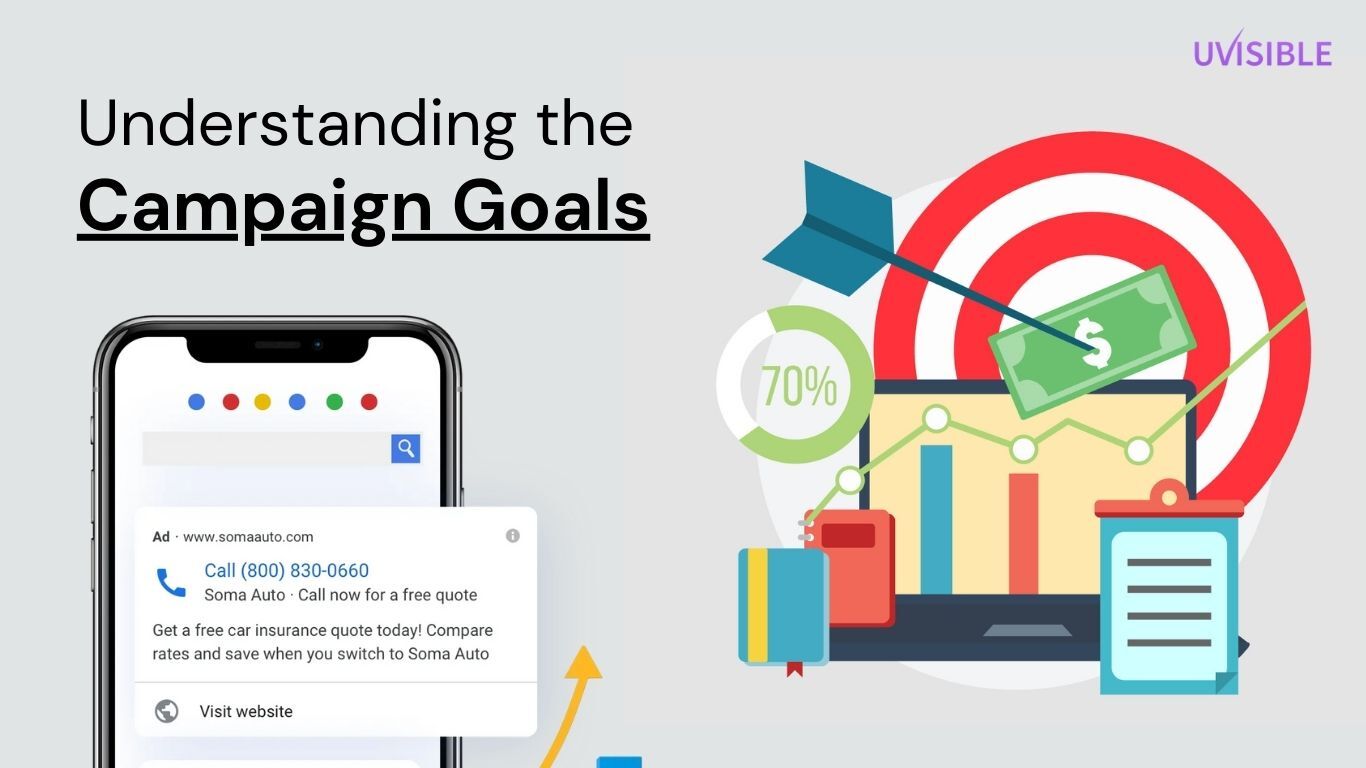
The first and most important stage in developing a successful outsource PPC guide or PPC setup to define your campaign goals.
It’s difficult to assess the effectiveness of your campaign and tweak it for better outcomes if you don’t have clear goals in mind.
Here are some pointers on how to properly identify your marketing objectives:
Know Your Company’s Goals
Understanding your business objectives is the first step in setting your marketing goals.
- What are your company’s long-term objectives?
- How does your PPC campaign fit within these objectives?
For instance, if your company aims to grow sales, your PPC campaign setup may be to produce more leads and conversions.
Choose your Key Performance Indicators (KPIs)
Determine the KPIs you will use to assess the performance of your PPC campaign once you have a clear knowledge of your company objectives.
Metrics like click-through rates (CTR), conversion rates, cost per acquisition (CPA), return on investment (ROI), and others can be included in KPIs.
Establish Clear and Measurable Objectives
If you are looking for how to set up a campaign, you must keep in mind that your campaign objectives must be explicit and quantifiable.
Set a precise objective for the number of sales you wish to produce through your PPC setup, for example, if your goal is to boost sales.
This will make tracking your progress and measuring your achievement much easier.
Consider Your Target Market
Your advertising objectives should be personalized to your target demographic as well.
Assess your ideal consumer, what they desire, and what action you want them to take.
This will assist you in developing more focused and effective PPC campaign setups that will resonate with your target demographic.
Moreover, to enhance your target marketing you can take the help of the below-mentioned targeting approaches:
- Geographic Targeting: Precisely target your desired audience by tailoring ads to locations relevant to your business. For instance, a local bakery can focus on nearby areas for maximum impact.
- Device Targeting: Customize your campaign for specific devices—desktop, mobile, or tablet—based on your audience’s preferences. Adapt your ads to provide a seamless experience, optimizing engagement on the preferred devices of your target market.
Be Practical
While creating PPC campaign objectives or PPC strategy for your campaigns, be realistic about what you can accomplish.
While determining your goals, consider issues such as your budget, competition, and industry benchmarks.
This will assist you in setting attainable goals that will drive you to strive toward them.
While Understanding PPC Campaign these Objectives should also be Kept in Mind:
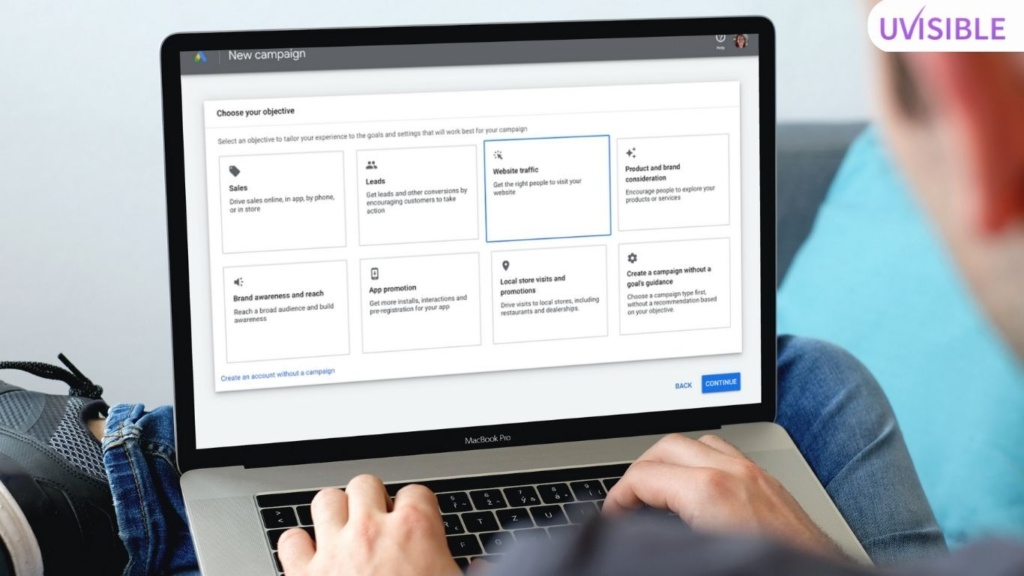
Boost Site Traffic
If you want to improve site traffic, you should concentrate on raising the number of clicks on your adverts.
To boost the exposure of your adverts, consider employing broad-match keywords or targeting a larger audience.
You may also utilize ad extensions like site links, callouts, and structured snippets to provide potential visitors with more information.
Create Leads
If you want to produce leads, you should focus on designing advertising and landing sites that compel users to fill out a form or submit contact information.
Utilize ad language that stresses the benefits of your product or service, as well as a clear call-to-action that explains what consumers may anticipate if they click on your ad.
Increase Sales
If you want to increase sales, you should focus on developing a PPC strategy that converts potential consumers into paying clients.
You could employ ad language containing unique promos or discounts to entice consumers to buy.
Ad extensions such as pricing extensions and review extensions can also be used to convey extra information about your products and services.
Increase Brand Awareness
If you want to increase brand recognition, you should focus on generating commercials that bring your brand in front of as many people as possible.
You might employ display advertising or video commercials to highlight your brand and products.
You may also employ ad language that stresses your brand’s unique selling characteristics to separate yourself from the competition.
ALSO READ: Google Updates Performance Max This Holiday Season
Step 2: Improved Ads for Better Audience Targeting
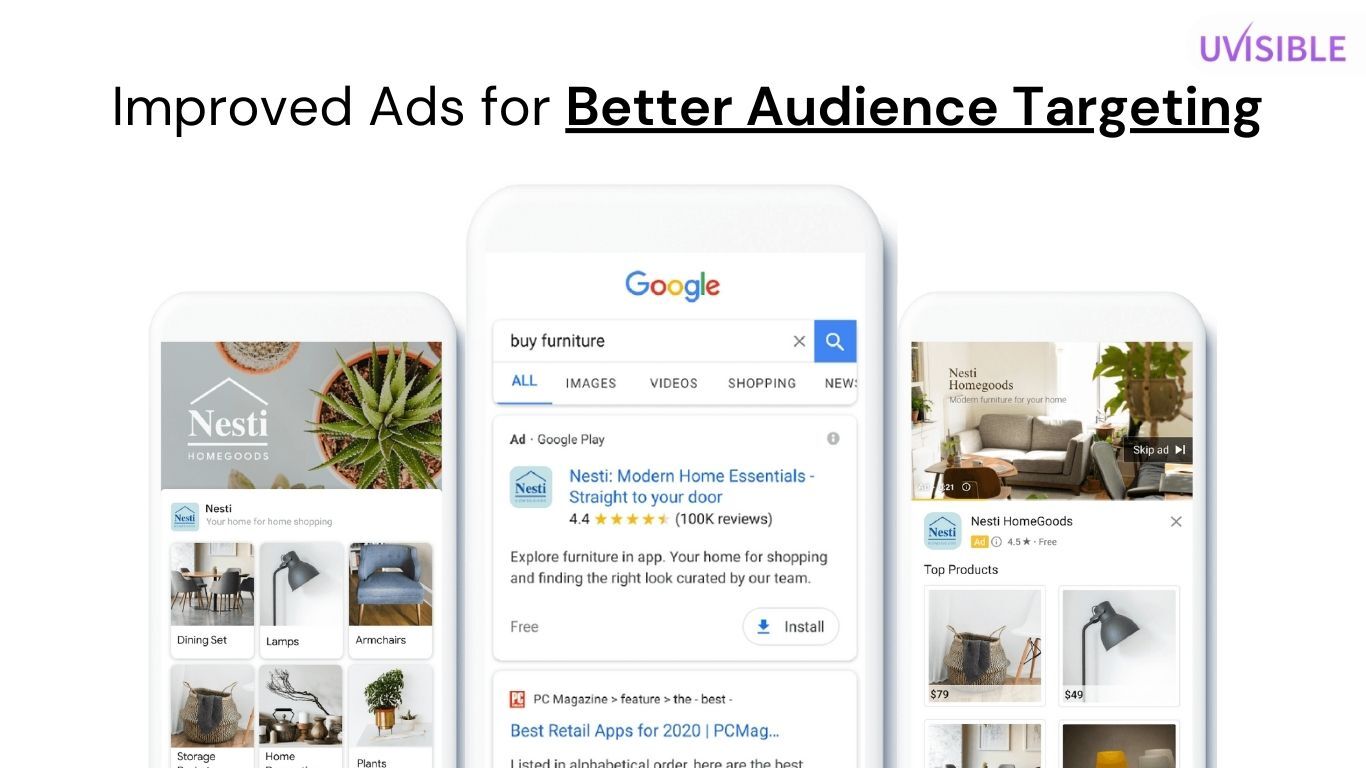
The second stage in “How to Optimize PPC Campaigns” is establishing an effective PPC campaign strategy that will precisely target your audience using Google PPC and social media.
Identifying the correct audience and knowing their position in the sales funnel are crucial factors in deciding which advertising choices to pursue.
When it comes to ad audience targeting, the key to success is to target based on purpose rather than the most relevant terms connected to your brand.
This implies that the keywords you bid on, the advertising you display, and the landing pages you send them to must all correspond to where they are in your sales funnel.
Typically, search intent keywords are divided into three categories:
- Transactional
- Informative
- Navigational
Most businesses cannot and should not use PPC to target all of these keyword groups.
The keywords you focus on should depend on your business type and other marketing techniques.
For example, an eCommerce company while performing a PPC Strategy for Ecommerce should prioritize transactional keywords to increase conversions.
But if it’s a service-based company, it should prioritize informative keywords to strengthen its content marketing approach.
To improve user experience, a SaaS or app developer may invest more in navigational terms.
Besides searching, you may target a variety of audiences on the Display Network, YouTube, and Gmail.
To have a more clear understanding of PPC Advertising. Check out Uvisible’s PPC Marketing Guide
Affinity Audiences
Affinity audiences allow advertisers to reach potential customers based on their interests, hobbies, and lifestyle.
These audiences are built using Google’s machine learning algorithms to analyze data such as users’ search histories, website visits, and other online behaviors.
Advertisers can create custom affinity audiences using specific URLs, types of places, and keyword phrases to define interest categories.
For example, if you are promoting sports equipment, you can target users who have shown interest in sports-related websites or have searched for sports-related keywords.
For similar Gaming related services try connecting with Uvisible!
The top-notch Gaming Digital Agency
In-market Audiences
In-market audiences are users who are actively researching and comparing products or services similar to what your business offers.
These audiences are at the bottom of the sales funnel and are more likely to convert.
In-market audiences are identified based on recent search queries, browsing history, and purchase intent signals.
For example, if you sell home appliances, you can target users who have been searching for refrigerators, washing machines, or other household appliances.
Life Events
Life events targeting allows advertisers to reach users based on important life events such as graduating from college, getting married, moving to a new home, or having a baby.
These audiences are available for targeting on YouTube and Gmail.
Advertisers can use this targeting to promote products or services relevant to these life events.
For example, if you own a furniture store, you can target users who have recently moved to a new home.
Custom Intent Audiences
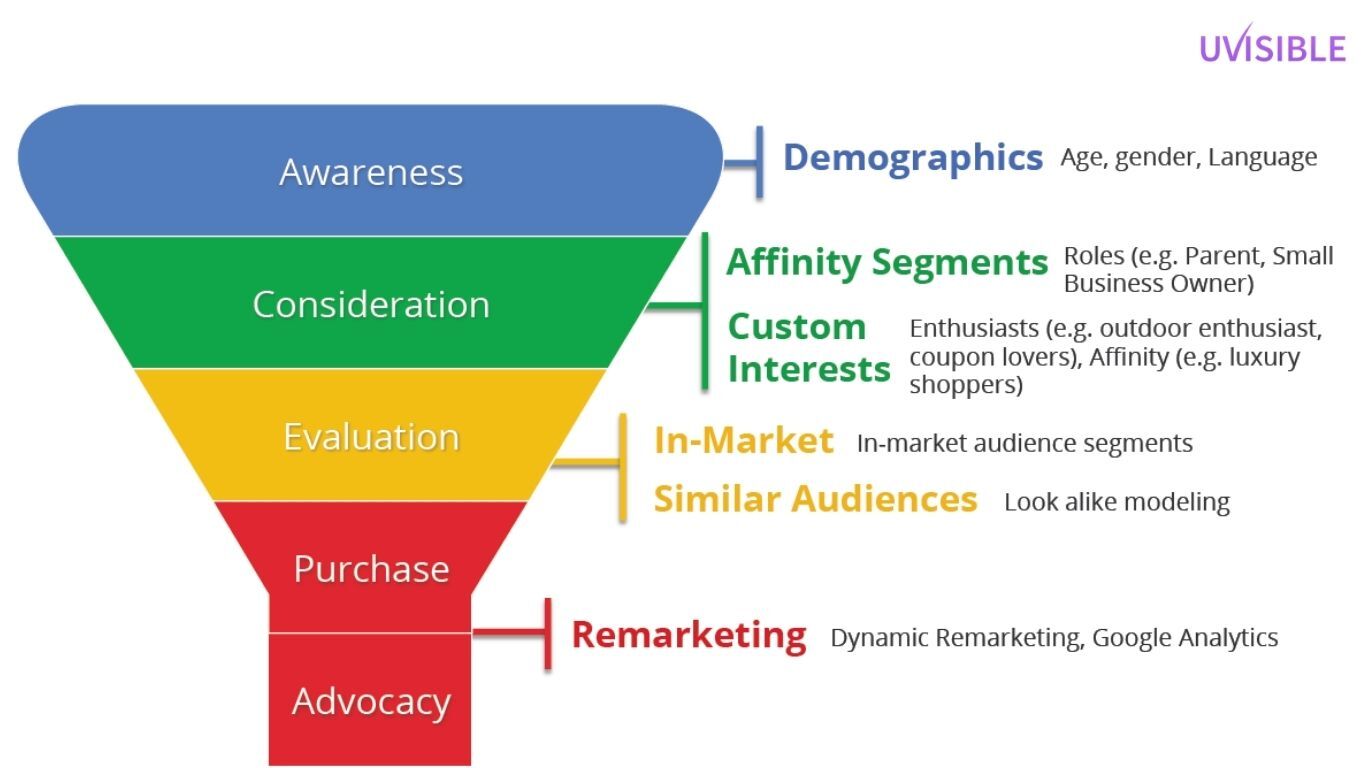
Custom intent audiences are created based on specific keywords and URLs related to what your ideal audience is researching across the web, this particular aspect is quite crucial while setting up a successful PPC campaign.
Advertisers can use Google’s machine learning technology to analyze data from user search histories, website visits, and other online behaviors to create custom intent audiences.
This type of targeting allows advertisers to reach users who have shown interest in specific topics or products.
For example, if your focus is on Marketing Pet Products, you can create a custom intent audience targeting users who have searched for “dog food” or visited pet supply websites.
Remarketing
Remarketing allows advertisers to reach users who have previously engaged with their website or mobile app.
This type of targeting under the PPC campaign setup is based on the user’s browsing history, search queries, and other online behaviors.
For example, if you manage an online apparel store and are seeking result-driven Ecommerce Marketing Services for more effective remarketing methods, particularly to handle abandoned cart difficulties, depending on such strategies can be quite beneficial in the long term.
When creating a PPC campaign strategy using Ads, it’s critical to evaluate all of the targeting choices available.
You may better allocate your ad budget by employing search and display advertisements to target audiences at different stages of the sales funnel.
For example, if you use to display advertisements to target top-of-the-funnel (awareness stage), consumers, you may focus more of your search ads on bottom-of-the-funnel keywords.
Step 3: Maximizing Results with Effective Budgeting and Bidding
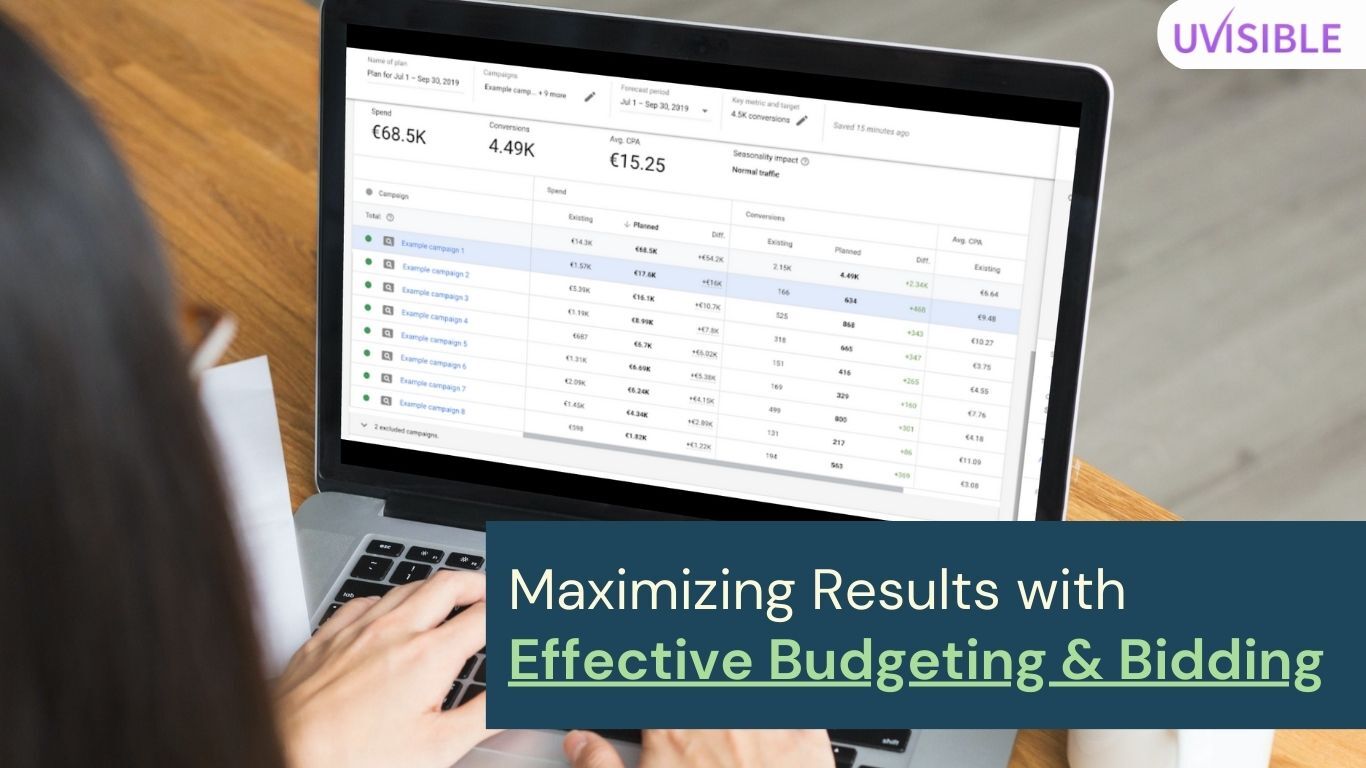
The budget and bidding PPC campaign setup are critical to the success of any effective PPC setup.
A well-planned budget and bidding PPC strategy will assist you in achieving your campaign objectives efficiently and effectively.
These are some of the reasons that further explain how to set up a successful PPC campaign while stating your budget and bidding strategy:
Establish your Budget
The first step is to determine the budget for your PPC campaign setup.
The budget should be realistic and in line with your marketing objectives.
To ensure that your budget is adequate, you should also consider the cost per click (CPC) and the projected number of clicks.
Choose the Best Bidding Strategy
The bidding strategy dictates how much you will spend for clicks or impressions.
There are other bidding tactics available, including cost per click (CPC), cost per impression (CPM), and cost per acquisition (CPA).
Your campaign’s goals and budget determine the best bidding PPC strategy for your campaign.
A/B Testing: Unlocking Performance Secrets
A/B testing, or split testing, is a powerful technique to refine your PPC campaign setup.
By systematically comparing different versions of your ad components, you gain valuable insights into what resonates best with your audience.
Here’s how to leverage A/B testing for optimal results:
Imagine you’re running a PPC campaign for an eCommerce store aiming to optimize your PPC setup.
In your A/B test, you create two versions of your ad copy—one emphasizing discounts with “Save 20% Today!” and the other highlighting free shipping with “Enjoy Free Shipping on All Orders!”
After running the campaign for a set period, you analyze the results.
Surprisingly, the discount-focused ad outperforms the free shipping variant, driving a higher click-through rate and more conversions.
Recognizing this preference, you apply the winning ad copy to your overall PPC setup, ensuring that future campaigns leverage the insights gained from this A/B test.
This iterative process allows you to fine-tune your approach and continually enhance how you set up your PPC campaigns for optimal results.
Set Bid Adjustments
You can increase or reduce bids depending on specified parameters such as location, device type, and time of day.
This enables you to target particular demographics while also optimizing your budget to get the most out of your ads.
Bids should be Monitored and Adjusted as Needed
After your PPC campaign strategy is online, it is critical to analyze and alter bids frequently.
This will assist you and serve as a solution for the question of how to optimize PPC campaigns and also ensure that you are receiving the greatest outcomes for your money.
Performance-based Budgeting
As your PPC setup proceeds, you’ll see which keywords and advertising are working and which aren’t.
You may maximize your return on investment (ROI) and get the most out of your budget by allocating more funding to high-performing keywords and advertising.
Confused regarding your Maximising ROI strategy? SEO and PPC both compel you as a digital marketing strategy. To find the correct difference between SEO and PPC, click on the highlighted text!
Step 4: Landing Page Optimization

Creating relevant and optimized landing pages for your successful PPC campaign ads is crucial for achieving success with your campaign.
Simply directing visitors to generic pages is a waste of ad spend as it can result in lower Quality Scores and reduce the chances of conversion.
One effective way to optimize your landing pages is to draw a strong link between your audience targeting and landing page optimization.
This means ensuring that your landing page is relevant to the initial search intent or audience demographic interest.
For instance, if someone searches for “PPC Outsourcing Agency India“ and clicks on an ad for Techshu, the landing page they arrive at should focus on the value proposition for on-the-go service, rather than business owners as a whole.

Similarly, if you’re using social media ads to promote top-of-the-funnel content, it’s important to optimize your content and language for the specific platform.
For example, if you sell shoes and want to promote your ‘Nike Sports Shoes Special Edition’ on Facebook, you can use any professional SEO tools to research the most shared content related to your keywords.
By identifying patterns in the most popular content types, you can optimize your content and landing pages as your Facebook Ad Management Services.
The key takeaway here is that your landing pages should always align with your audience targeting strategy, to increase the chances of conversion and improve your Quality Scores.
So, take the time to optimize your landing pages and you’ll be on your way to achieving your PPC campaigns goals.
Step 5: Ad Creation

Once your audience targeting is defined and your landing pages are in place, it’s time to start building and optimizing your advertising for effective execution of ‘How to Set up a PPC Campaign in Google‘.
Your advertising connects search intent/audience interest to the landing pages you’ve previously optimized.
The idea is to provide value while succinctly illustrating your unique selling proposition.
To optimize your advertising, you should experiment with alternative copy, graphic media, extensions, and other components.
PPC campaign setup and ads have done a lot in recent years to assist you in automating ad generation and optimization.
Therefore supplying ads with a significant number of ad versions to cycle and the test is the true key to success here.
Of course, producing 3 or 4 ad versions for a hundred ad groups is a daunting task.
Nevertheless, if you use all of PPC Ads’ capabilities, the work becomes a lot easier and it takes you a step closer to an effective PPC campaign setup.
By creating ad variants in Ads, you can test alternative headlines, calls-to-action, extensions, and more.
Do your experiments by duplicating advertisements and then swapping out text and components with search and replace.
If you allow ad rotation in the Advanced settings, Ads will automatically discover the most effective ad types for you over time.
Configure your ad rotation optimization to prefer the best-performing advertisements automatically:
The design and optimization of social media ads may also be automated.
Facebook Dynamic Creative will build ad versions based on your ad components (image, video, title, description, and so on).
Even the most seasoned advertisers may benefit from clever tools for creating and optimizing PPC setup.
Just build and test a range of ad features to get a true sense of what connects with your target demographic.
Ad Schedule Optimization
In the realm of PPC strategy, crafting compelling ads is pivotal.
For effective PPC campaign optimization, focus on ad schedule optimization. Suppose you’re managing a fitness apparel brand’s PPC campaign.
Analyze when your audience is most active, perhaps during weekdays at lunch and in the evenings.
By adjusting your ad schedule accordingly, you optimize your PPC strategy for better visibility during peak engagement times.
This dynamic approach ensures efficient budget allocation and maximizes impact by aligning your ads with your audience’s online behavior.
Step 6: Analyzing and Optimizing Effective PPC Campaign Setup

While looking for the answer to the question of how to set up a successful PPC campaign, it’s vital to employ the correct tools.
As previously said, optimizing your advertising fits nicely into the ad development process.
As a result, the main focus of your study should be on determining which keywords and targeting characteristics best drive your marketing goals.
These are some key metrics to consider for search, display, and/or social advertisements (depending on your campaign goals):
Click Through Rate (CTR)
Can assist you in determining how relevant your ad content is to your keyword or audience targeting for social or display.
Conversion Rate
A poor conversion rate may indicate that your ad spend should be directed towards higher-performing keywords.
Try implementing conversion tracking to measure the success of your PPC campaigns. Track actions like form submissions, purchases, or other valuable interactions.
Cost per Click (CPC)
How much are you willing to pay to attract the attention of a member of your audience?
You need to constantly ask yourself whether it’s the best CPC for you or not.
Cost per Acquisition (CPA)
This might suggest how competitive your keyword is and if it’s reasonable to invest in it based on the conversion profit margin.
Quality Score (Ads)
This measure combines the efficacy of several aspects, such as ad relevancy, landing page relevance, and click-through rate.
Return on Advertising Spending (ROAS)
This is a bottom-line indicator that assesses the success of overall ad spending in driving financial goals.
If lead nurturing is your aim, you should also examine on-site engagement metrics like page visits, new or returning visitors, etc.
Keeping track of crucial indicators might assist you in determining the relevancy and efficacy of your advertising materials (ad copy, targeting, landing pages, etc.).
It may also assist you in determining which keywords and audience targeting tactics are most beneficial for your specific organization.
There are several methods to optimize your PPC strategy for conversions.
After you grasp the best keywords and audience targeting, you can leverage these insights to adopt advanced targeting tactics to boost your ROAS even more.
Utilizing query segmentation to favor revenue-driving keywords is one example of an advanced bid optimization approach you may use manually.
To further push your PPC campaign strategy, incorporating the leading AI technology called ChatGPT is vital.
And, to aid you in this process, check out our detailed guide on ChatGPT for PPC Marketers.
Step 7: Continuous Optimization
This step is the heartbeat of successful PPC campaigns. It’s like fine-tuning a musical instrument to create the perfect melody.
In simple terms, it means regularly checking how your ads are performing and making adjustments to make them work even better.
Imagine you’re setting up a lemonade stand.
At first, you offer a classic lemonade. But as the day goes on, you notice more people are asking for a sweeter version. So, you tweak your recipe, adding a bit more sugar. That’s like continuous optimization for your PPC setup.
Similarly, in the digital world, you constantly check which ads are getting more clicks, and what people are searching for, and adjust your strategy accordingly.
Maybe your audience prefers ‘refreshing drinks’ over ‘classic lemonade.’
Continuous optimization ensures your PPC campaign stays fresh, appealing to your audience, and delivers the best results.
It’s the secret sauce to making your lemonade stand, or in this case, your PPC setup, a sweet success.
Summing Up!
Intrigued by the secrets to setting up a successful PPC campaign?
Crafted after a deep dive into various PPC campaigns and strategies, this guide provides insights that have fueled remarkable leads and revenues for businesses.
As you embark on your PPC journey, let this guide inspire your future strategies.
If challenges and fierce competition in your industry pose hurdles to progress and growth, ever wondered how refining your PPC strategy could be the game-changer?
How about exploring innovative ways to set up a successful PPC campaign and outshine the competition?
Without wasting any more time! Hire UVISIBLE
A goal-oriented PPC Agency that will strategically and effectively create a Lucrative PPC Campaign strategy that will scale your Business to new heights!
Contact Us NOW!
About us and this blog
We are a digital marketing company with a focus on helping our customers achieve great results across several key areas.
Request a free quote
We offer professional SEO services that help websites increase their organic search score drastically in order to compete for the highest rankings even when it comes to highly competitive keywords.
Subscribe to our newsletter!
More from our blog
See all postsRecent Posts
- Landing Page Copy That Converts – Secrets Revealed December 16, 2024
- Understanding MTD, YTD, QTD, MoM, and YoY Metrics: A Comprehensive Guide December 12, 2024
- Learn How to Rank High on Google My Business: Guide to Master Local SEO December 7, 2024

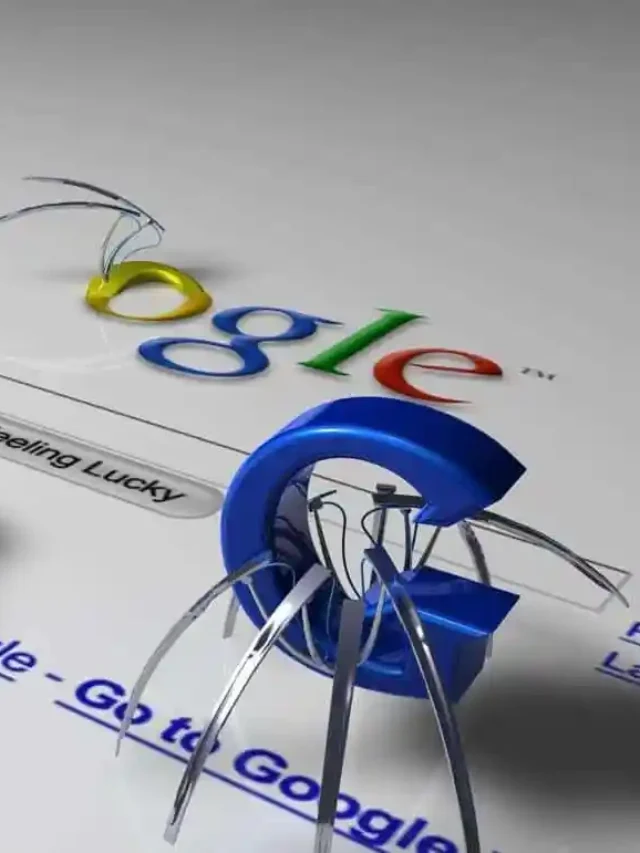
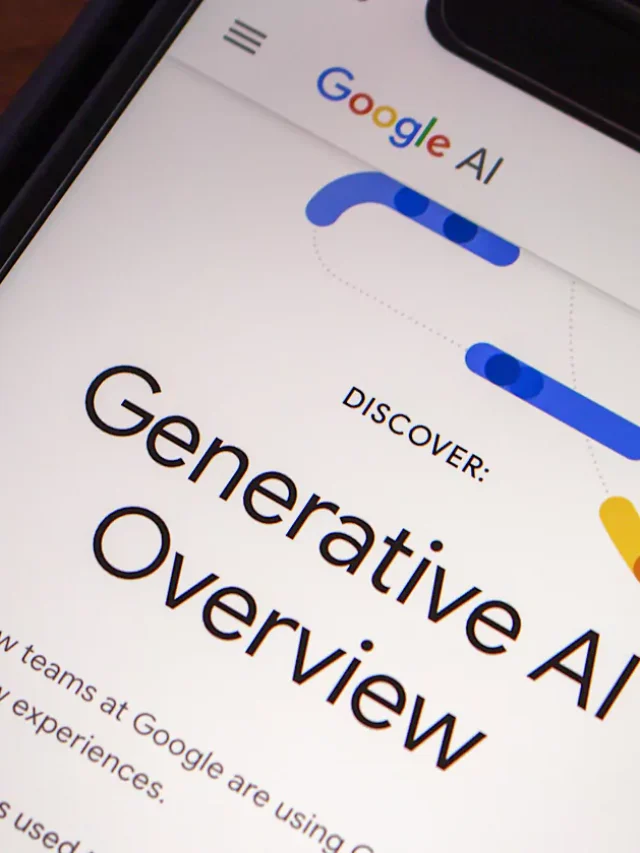

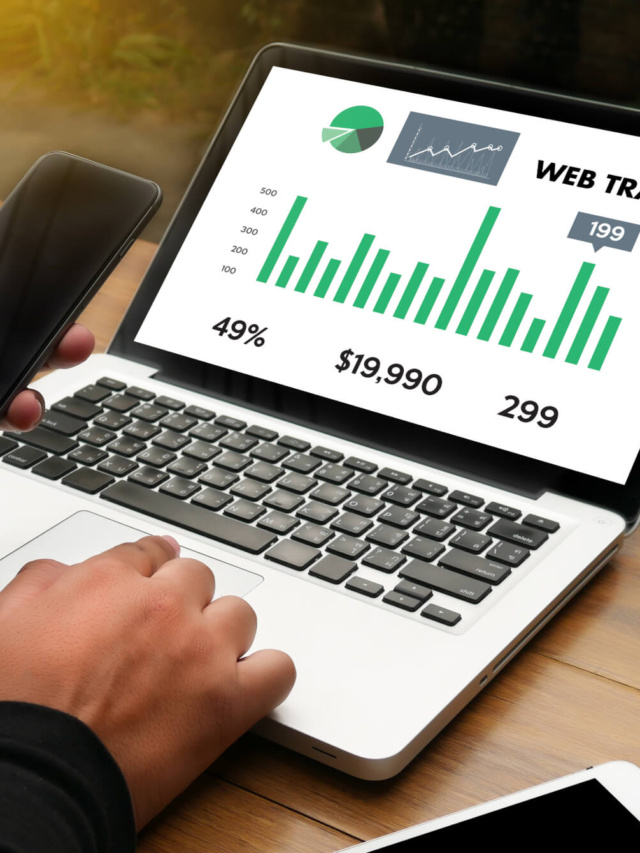









Pingback: Landing Page Copy That Converts - Secrets Revealed
Pingback: Travel Digital Marketing Strategies for a 30% Surge in Your Agency Revenue - Uvisible
Pingback: The Ultimate Outsource PPC Guide - Uvisible
Pingback: How to Outsource Facebook Ads? - Uvisible
Pingback: How to use ChatGPT for PPC? - Uvisible
Pingback: How to Outsource Google Ads? - Uvisible
Pingback: Google Ads vs Facebook Ads: Which Drives Better Results? - Uvisible
Pingback: Complete PPC Strategy for Ecommerce - Uvisible
Pingback: SEO vs PPC: Which is Better for Your Business Growth? - Uvisible
Pingback: 100+ PPC Terms: Demystifying the Terminology of PPC Advertising - Uvisible
Pingback: Ultimate Guide to PPC Marketing: Boost your ROI Now - Uvisible